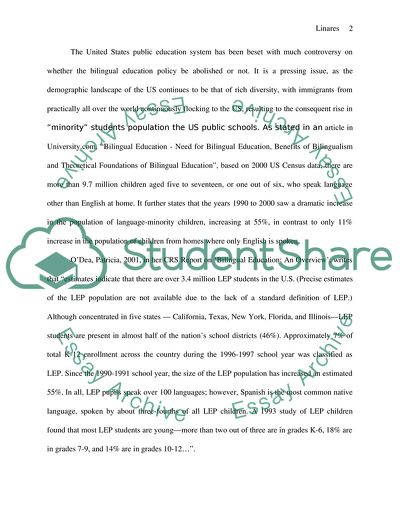Cite this document
(Need for Bilingual Education, Benefits of Bilingual Education Literature review, n.d.)
Need for Bilingual Education, Benefits of Bilingual Education Literature review. Retrieved from https://studentshare.org/education/1717888-research-argument
Need for Bilingual Education, Benefits of Bilingual Education Literature review. Retrieved from https://studentshare.org/education/1717888-research-argument
(Need for Bilingual Education, Benefits of Bilingual Education Literature Review)
Need for Bilingual Education, Benefits of Bilingual Education Literature Review. https://studentshare.org/education/1717888-research-argument.
Need for Bilingual Education, Benefits of Bilingual Education Literature Review. https://studentshare.org/education/1717888-research-argument.
“Need for Bilingual Education, Benefits of Bilingual Education Literature Review”. https://studentshare.org/education/1717888-research-argument.


